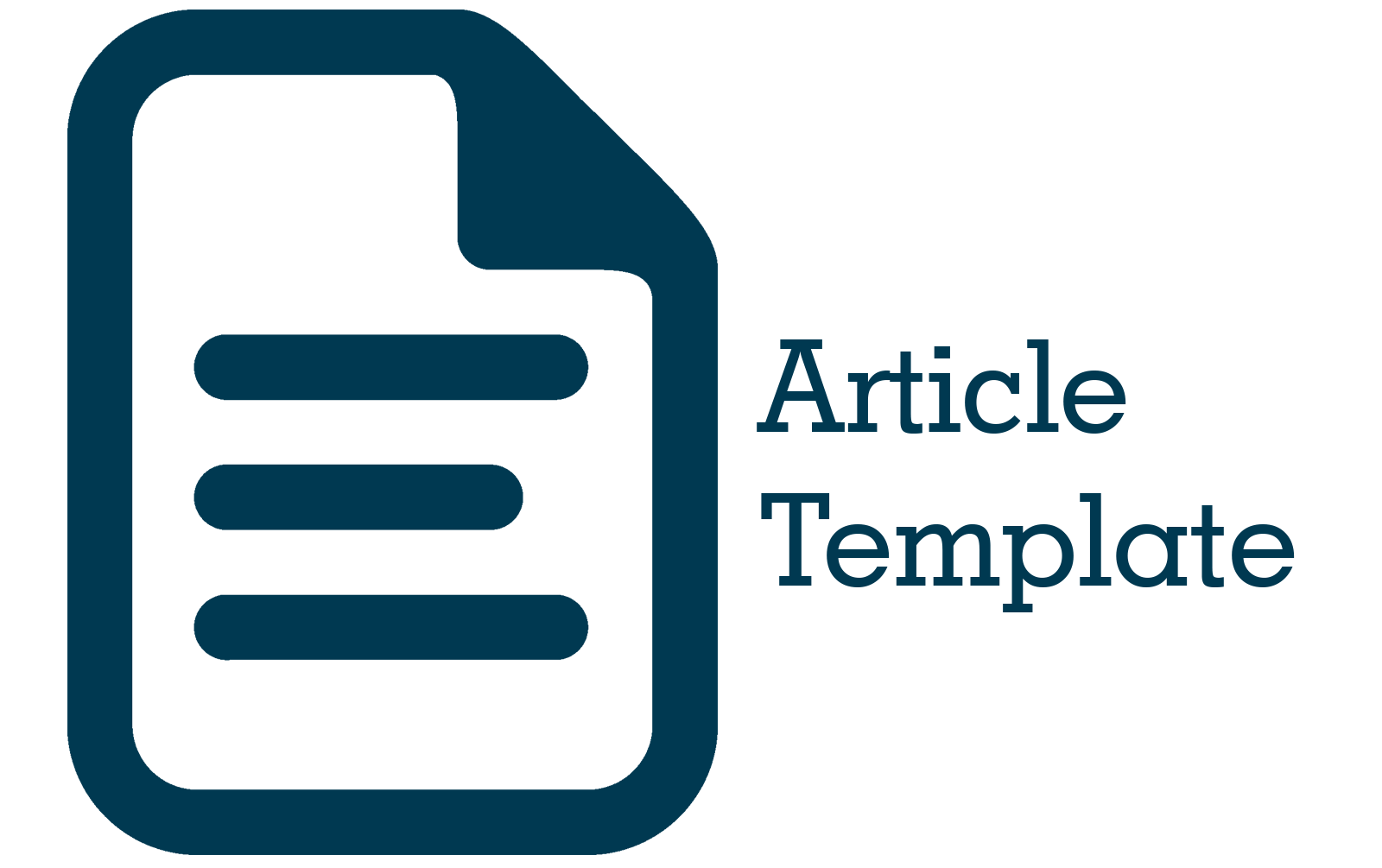Uji Aktivitas Antifungi Ekstrak Herba Floss Flower (Ageratum Houstonianum Mill.) Terhadap Pertumbuhan Malassezia Furfur dan Tricophyton Mentagrophytes
Abstract
Abstract. Fungal growth on the surface of the skin that occurs due to fungal infections can be treated by using antifungals. However, the use of synthetic antifungals carries the risk of causing resistance, so alternative antifungals from natural ingredients are increasingly in demand, one of which is from weed plants such as floss flower. This study aims to see the antifungal activity of floss flower extract at concentrations of 5%, 10%, 20%, 40%, 60% and 80% against Malassezia furfur and Tricophyton mentagrophytes, the methods that uses in this research are well diffusion method. The conclusion from this research showed that floss flower extract have antifungal activity against Malassezia furfur and Tricophyton mentagrophytes.
Abstrak. Pertumbuhan jamur di permukaan kulit yang terjadi akibat infeksi jamur dapat diatasi dengan menggunakan antifungi. Akan tetapi, penggunaan antifungi sintetik beresiko menimbulkan resistensi, sehingga alternatif antifungi dari bahan alam semakin diminati, salah satunya dari tanaman gulma seperti tumbuhan floss flower. Penelitian ini bertujuan untuk melihat adanya aktivitas antifungi dari ekstrak floss flower pada konsentrasi 5%, 10%, 20%, 40%, 60% dan 80% terhadap jamur Malassezia furfur dan Tricophyton mentagrophytes dan metode yang digunakan adalah metode difusi sumuran agar. Kesimpulan dari penelitian ini menunjukkan ekstrak floss flower memiliki aktivitas antifungi terhadap Malassezia furfur dan Tricophyton mentagrophytes.
References
Majawati, E. S., Kurniawati, J., & Sari, M. P. (2019). Prevalence of Onychomycosis in Fish Trader in Kopro Market West Jakarta. Indonesian Journal of Biotechnology and Biodiversity, 3(2), 55-62.
Siregar, R. S. (2005). Penyakit Jamur Kulit. Jakarta: EGC.
Ramadhan, P. (2022). Mikroba Patogen Penyebab Penyakit pada Manusia. Yogyakarta: Rapha Publishing.
WHO. (2021, November 17). https://www.who.int/news-room/fact-sheets/detail/antimicrobial-resistance#. Retrieved June 28, 2023, from https://www.who.int: https://www.who.int/news-room/fact-sheets/detail/antimicrobial-resistance#
Nahor, E. M., Rumagit, B. I., & Tou, H. Y. (2020). Perbandingan Rendemen Ekstrak Etanol Daun Andong (Cordyline futicosa L.) Menggunakan Metode Ekstraksi Maserasi dan Sokhletasi. Prosiding Seminar Nasional 2020 (pp. 40-44). Manado: Poltekkes Kemenkes Manado.
Sari, K. P., Advinda, L., Anhar, A., & Chatri, M. (2022). Potensi Ekstrak Daun Pucuk Merah (Syzygium oleina) sebagai Antifungi Terhadap Pertumbuhan Sclerotium rolfsii secara In citro. Jurnal Serambi Biologi, 163-168.
Fatma, M., Chatri, M., Fifendy, M., & Handayani, D. (2021). Effect of Papaya Leaf Extract (Carica papaya L.) on Colony Diameter and Percentage of Growth Inhibition of Fusarium oxysporum. Jurnal Serambi Biologi, 9-14.
Maisarah, M., & Chatri, M. (2023). Karakteristik dan Fungsi Senaywa Alkaloid sebagai Antifungi pada Tumbuhan. Jurnal Serambi Biologi, 231-236.
Hersila, N., Chatri, M., Vauzia, & Irdawati. (2023). Senyawa Metabolit Sekunder (Tanin) pada Tanaman Sebagai Antifungi. Jurnal Embrio, 16-22.
Lathifah, S., Chatri, M., Advinda, L., & Anhar, A. (2022). Potensi Ekstrak Daun Sukun (Artocarpus Altilis Park.) Sebagai Antifungi Terhadap Pertumbuhan Sclerotium Rolfsii Secara In-Vitro. Jurnal Serambi Biologi, 283-289.
Davis, W. W., & Stout, T. R. (1971). Disc Plate Method of Microbiological Antibiotic Assay: I. Factors Influencing Variability and Error. Applied Microbiology, 659-665.











